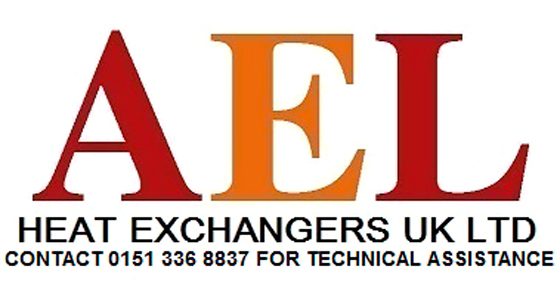
Below provides a guide to water flow rates and pressure when sizing a plate heat exchanger.
Low Pressure Installations
A gravity or low Pressure Installation in a standard two storey house with a cold feed water tank in a loft serving a hot water cylinder on the first floor.
The bathroom taps would have approximately 0.2bar pressure.
A shower head would have approximately 0.1bar pressure.
Taps on the ground floor would have approximately 0.4 – 0.5bar pressure.
A kitchen sink cold water tap would be supplied from the incoming mains water supply and would be high pressure at anything above 1bar pressure.
Approximate Guide to Flow Rates for Taps and Showers
Standard basic bath tap ¾” = 0.25 l/s
Standard basic basin taps ½” = 0.166 l/s
Standard basic bath mixer ¾” tap = 1.2 l/s
Monobloc basin mixer with 10-12mm connections = 0.066 l/s to 0.083 l/s
Standard basic ½” kitchen tap = 1.2 l/s
Monobloc sink mixer = 0.13 l/s
A gravity shower on the ground floor with 0.5bar pressure could provide approximately 0.16 l/s to 0.2 l/s so best check with manufacturer.
Mains Fed Systems
Mains fed systems normally operate at 2.5 to 3bar pressure and give good flow rates in excess of .25 l/s to .416 l/s but this can depend on the size of the mains water supply pipe coming into the property..
Water Pressure and Water Flow
Good pressure does not mean you will get good flow and good flow does not mean you will have good pressure. A standard dripping tap can have good pressure but very poor flow rate where as for example a stream can have very good flow rate but very low pressure.
Static and Dynamic Pressures
Static pressure is the pressure when all the taps are turned off and no water flow is occurring. Dynamic pressure is when taps are turned on and the pressure becomes increasingly lower as more taps are opened. As more and more water flows through the system more and more resistance has to be overcome because every pipe length, valve and fitting creates more and more “frictional” resistance to the flow. Lower resistance means less dynamic pressure reduction and greater flow and greater resistance means less flow.
Showers
Gravity showers will only be just adequate so if you want a good shower on a gravity system it will need to be pumped at a pressure of 1bar or above for a single headed shower but if you are using body jets as well then you would need a 2.4 to 3 bar pump. When using a pump in a shower system you must consider the size of your existing hot and cold water tanks.
An average shower time is approximately 8 to 12 minutes.
A twelve minute shower with a flow rate of 0.25 l/s and would use 180 litres of water.
With a split of 60% of hot to 40% of cold water a shower could use about 108 litres of hot water. An average domestic hot water cylinder in a 3 bedroomed house would have an approximate capacity of 117 litres so your 12 minute shower will have used approximately 92% of your hot water capacity.
Note; All of the above is a guide only and actually pressure losses and flow rates should be verified with the manufacturers.


